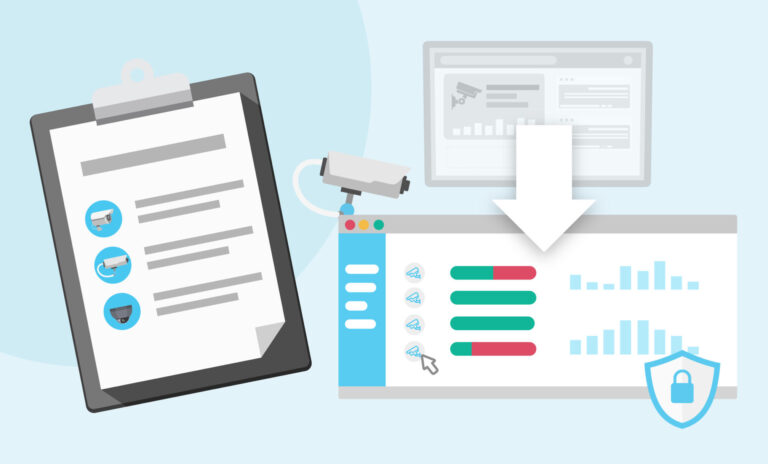 “The sheer scope of our devices makes it hard to know exactly what’s there.”
“The sheer scope of our devices makes it hard to know exactly what’s there.”
“I know I need to do an inventory, but it’s so time-consuming and tedious. I really don’t have the bandwidth for it.”
“It’s like flossing – I’ll pay for it later for not doing it, but right now, I just can’t be bothered to check exactly which devices we have.”
These are the kind of things we hear all the time. It’s the reality in today’s world of proliferating devices. Physical security teams often possess extensive fleets of hundreds or thousands of devices, spanning different device types, manufacturers, and models. These devices can be spread across large areas and/or multiple locations and connected to a complex ecosystem of management systems and IT infrastructure. It’s hard enough to keep all those devices online and functioning properly, let alone cyber-protected and IT-compliant.
A good first step: Asset mapping. Get visibility into what you have and the health of each device.
What is asset mapping?
Asset mapping is the process of discovering, identifying, and documenting all physical security devices within your infrastructure. This includes gathering critical information such as:
- Device type
- Model
- Firmware version
- IP address
- Physical location
Having a comprehensive understanding of your device fleet means you can better monitor and manage the security of each device. Making this information accessible is beneficial for strengthening cybersecurity, minimizing downtime, and more.
Why is it so hard to do?
This information is usually available somewhere. The challenge is consolidating all of it from different vendors in one easily accessible location due to a variety of factors, including:
Diverse fleets
The typical physical security infrastructure is very complex, comprised of many different systems and dependencies: from multiple device types, makes, and models to management systems, IT assets, and more – often across large sites and/or multiple locations.
Lack of industry standards
Because there is no industry standard, each device manufacturer uses their own discovery protocols. As a result, existing IT network tools are unable to communicate with more than a portion of physical security devices
Siloed systems
Devices are typically managed within their respective management systems, e.g. video management systems (VMS) and access control. Each of these systems is a silo, so there isn’t typically a single source of truth to map all physical security devices. This makes it difficult to keep track of what you have, even if all the devices are technically inventoried between the different management systems. If your company has gone through a merger or acquisition – all the more so.
Lack of synchronization between Physical Security and IT
Managing connected physical security devices now requires the active involvement of both physical security and IT teams, but the lack of a common approach often results in compliance, availability, and security gaps. For physical security teams to scan the network and map their devices, IT and physical security need smooth, real-time collaboration.
Steps for effective asset mapping
- Create an inventory: Ensure you have a record of all physical security devices connected to your network.
- Consolidate all the device information: Aim to get a unified view of all your devices for optimal visibility.
- Stay on top of updates: Make sure your asset map reflects any changes in the device landscape.
Want more strategies for cyber-protecting your physical security devices? Download our guide.




